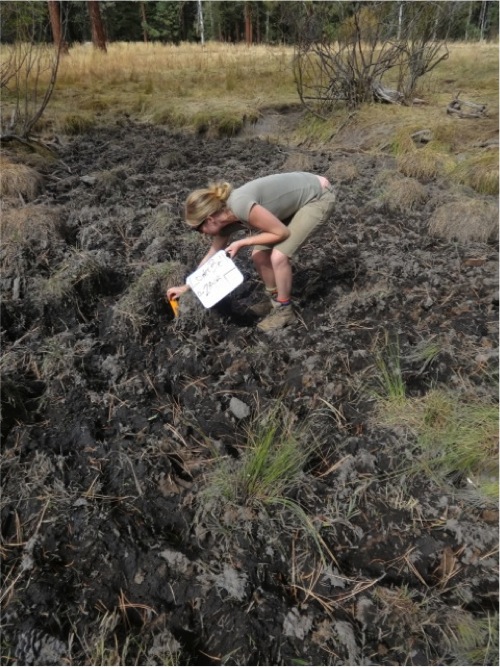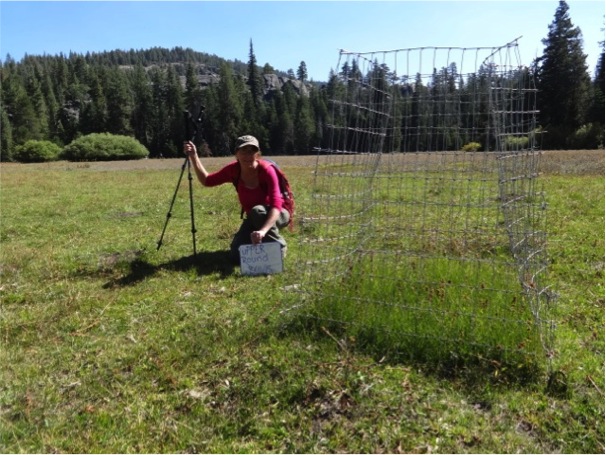In CSERC’s earliest years of fieldwork, we often found national forest meadows that were overgrazed, pocked by cattle hooves, and suffering from crumbling stream banks. Forest Service officials dismissed our concerns or assured us that corrective actions would be taken. But the grazing problems continued year after year.
A decade ago, a new grazing management plan for a number of upper elevation areas in the Stanislaus Forest was proposed. It was weak and clearly inadequate to protect damaged resources from the effects of livestock. The number of cows and the length of the grazing season were proposed to stay the same as past management. After years of delays, that basic plan for grazing in the Bell, Eagle, and Herring grazing allotments was eventually approved. CSERC and a coalition of environmental groups successfully appealed the plan, and Regional Forest Service officials directed the local Forest staff to re-assess the plan and consider a broader range of alternatives.
More years went by, until in 2014 the Stanislaus Forest released the long-awaited plan. But once again local Forest officials proposed to allow the same number of cows and the same season of grazing. So once again CSERC and other conservation groups voiced strong opposition to the plan.
 Now in 2016 the Stanislaus Forest is in the process of finalizing approval for the same weak, inadequate plan – despite years of photo evidence from CSERC showing repeated resource damage by cows. Even though water quality testing has also proven that livestock-caused stream pollution poses health risks for forest visitors, Stanislaus Forest officials downplay concerns about contamination. The Plan and EIS state that forest visitors should filter or boil water before ingestion – as if all low-income forest visitors can afford water filters. More important, water testing has proven that even just having recreational contact with water exposes forest visitors to pollution that exceeds safe thresholds.
Now in 2016 the Stanislaus Forest is in the process of finalizing approval for the same weak, inadequate plan – despite years of photo evidence from CSERC showing repeated resource damage by cows. Even though water quality testing has also proven that livestock-caused stream pollution poses health risks for forest visitors, Stanislaus Forest officials downplay concerns about contamination. The Plan and EIS state that forest visitors should filter or boil water before ingestion – as if all low-income forest visitors can afford water filters. More important, water testing has proven that even just having recreational contact with water exposes forest visitors to pollution that exceeds safe thresholds.  In addition, cows often trample and degrade key habitat for threatened amphibian species and other wildlife. Fens, springs, and wet meadows are often overgrazed (as at left) or degraded. As this newsletter goes to press, CSERC is coordinating with other organizations to prepare a legal “objection” to this plan.
In addition, cows often trample and degrade key habitat for threatened amphibian species and other wildlife. Fens, springs, and wet meadows are often overgrazed (as at left) or degraded. As this newsletter goes to press, CSERC is coordinating with other organizations to prepare a legal “objection” to this plan.
While CSERC’s meadow monitoring and our reports of grazing violations have at times led to cattle being moved early from damaged areas, the failure of the Forest Service to adopt protective grazing policies continues to frustrate our CSERC staff that has worked so hard to identify balanced grazing solutions.

